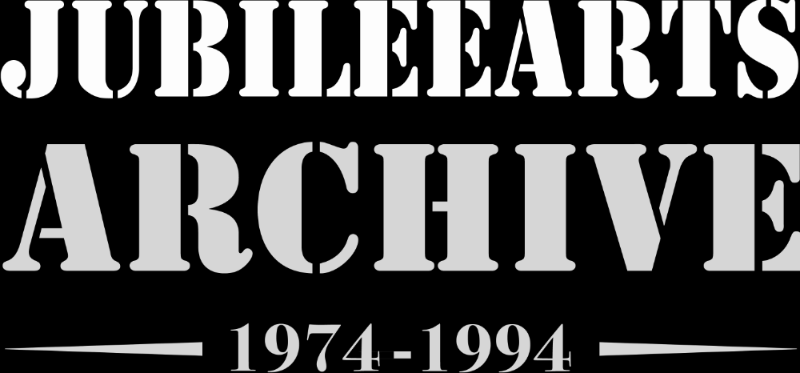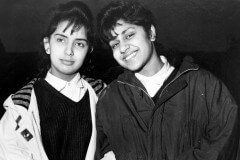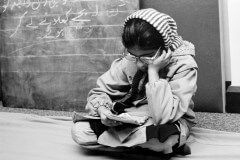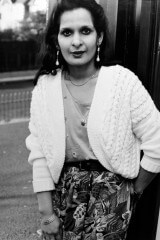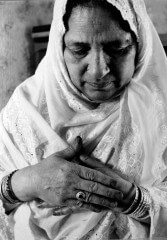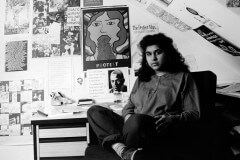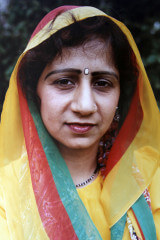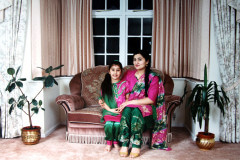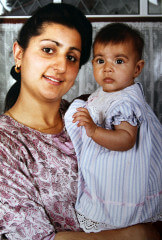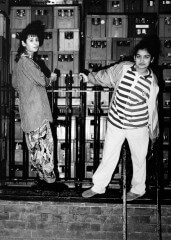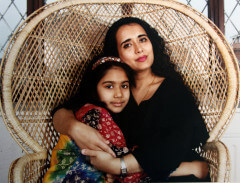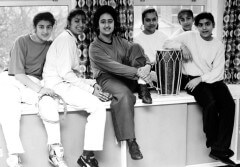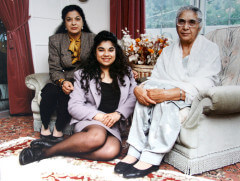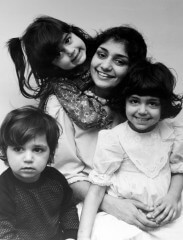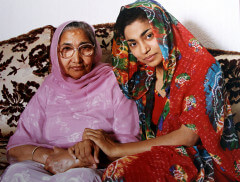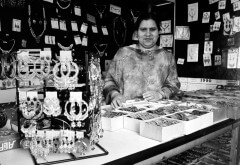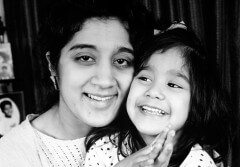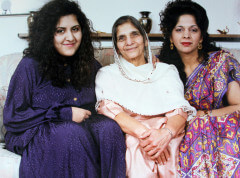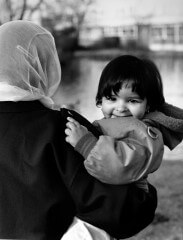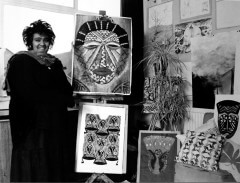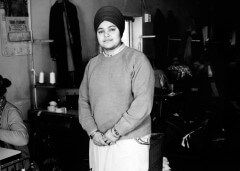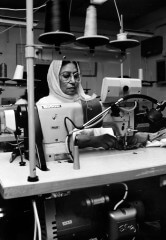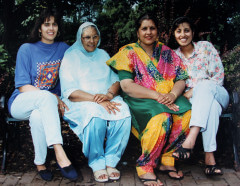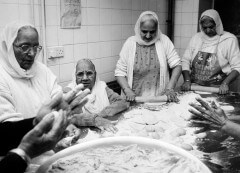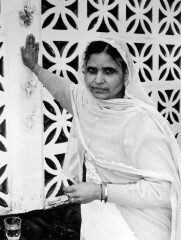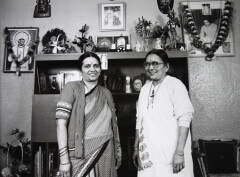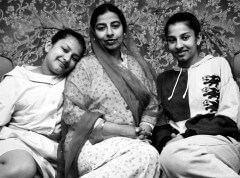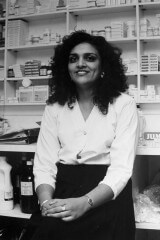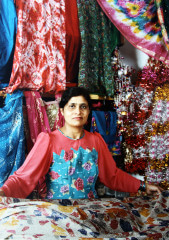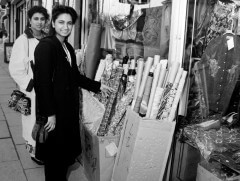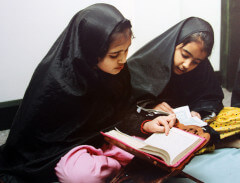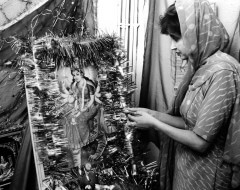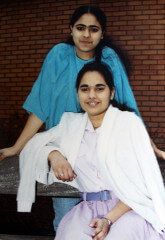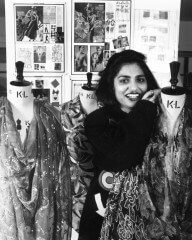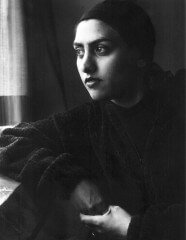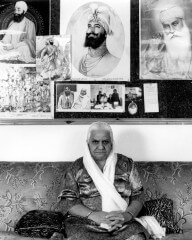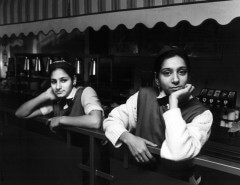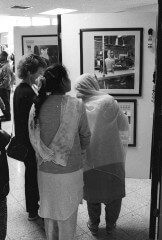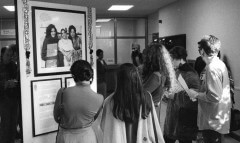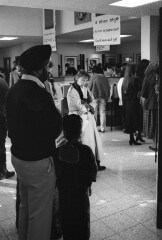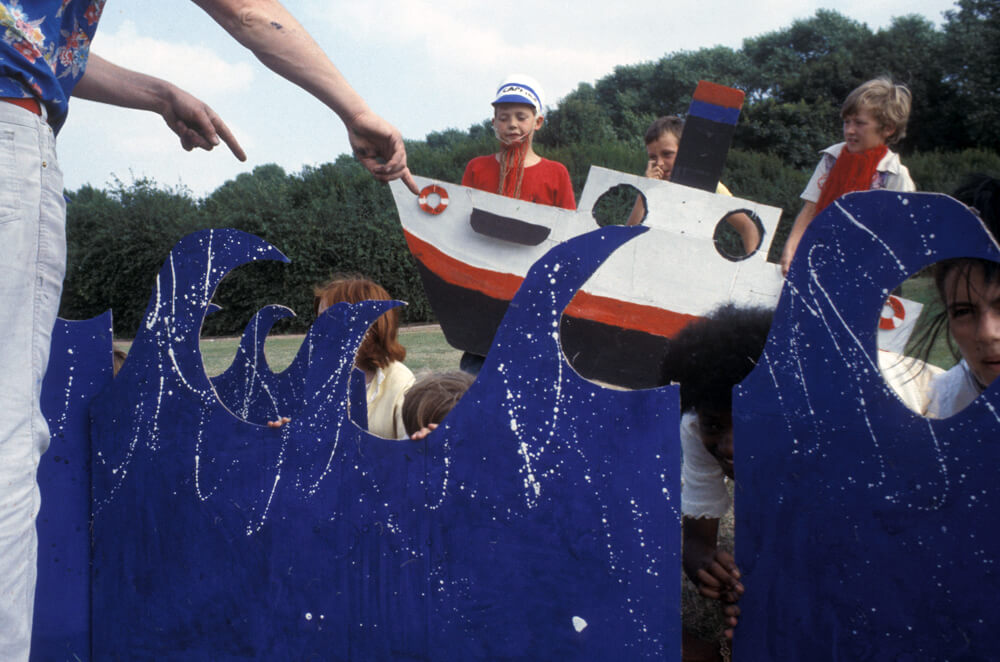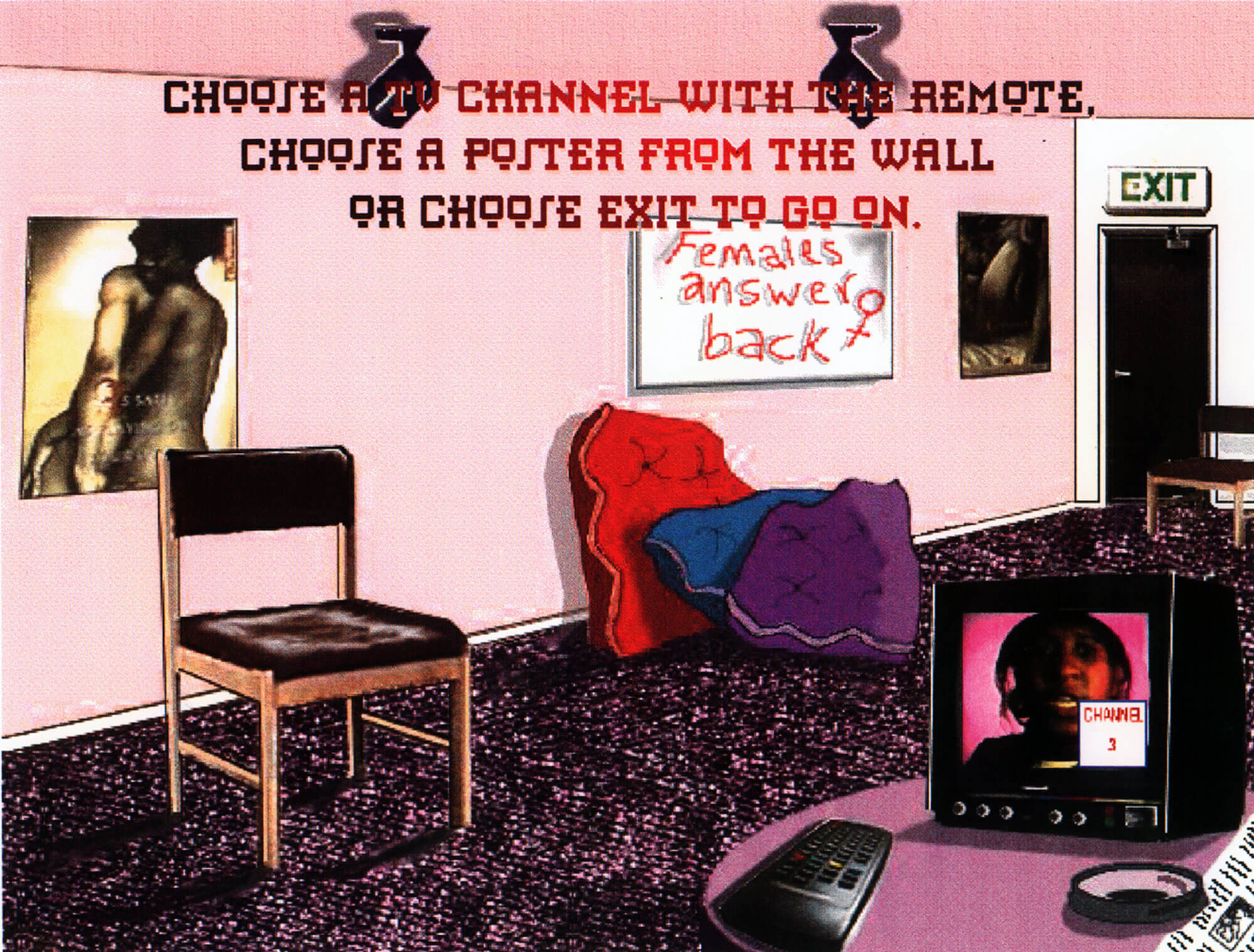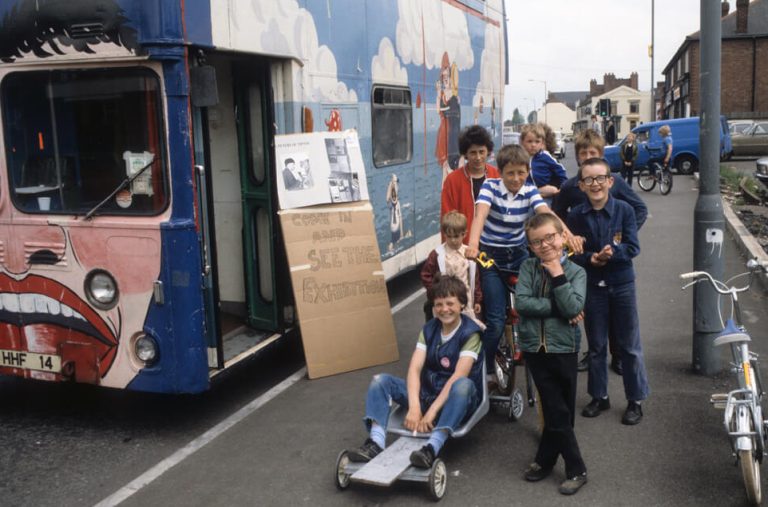A major aspect of Jubilee’s work in Sandwell in this period was the creation of ‘The People’s Portrait’, resulting in a sequence of high quality photographic exhibitions. This work was an antidote to negative stereotyping, working with local communities to create a new portrait of contemporary life fem the grass roots up. This particular exhibition arose from a concentrated period of action research in the area by arts workers in 1991, culminating with the opening of Smethwick People’s Shop, a temporary space for six weeks of activities.
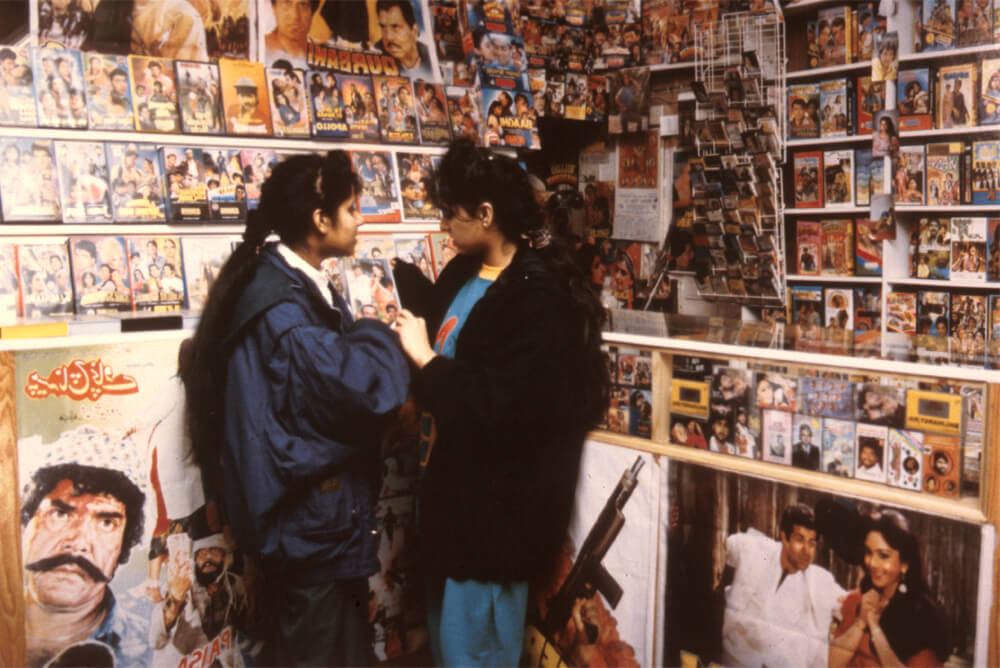
To build up an ‘instant portrait’ of the town over the period of a few weeks, the shop offered a range of skills and resources for local residents on a drop-in basis. One group produced a small publication ‘Reflections’, launched at the People’s Shop. Another group planned a residency from Major Road Theatre Company, producing a play with students at Holly Lodge School, based on the long history of glass production at Chances Factory.
A group of local women participating in an outreach session at the Asian Resource Centre came together to propose a project looking across three generations of migrants in the town, particularly the representation of women from the Indian sub-continent.
“We can experience western culture without leaving our own culture behind. Living here can broaden my horizons, but my culture will always be embedded in whatever, or whoever, I become. I may change my opinions but I will never lose my culture.”
– comment from participant.
This group of women became a steering group for the project, and the exhibition was the result of many other women and girls working alongside photographers Fiona Bailey and Jeevan Singh. Fiona was a photographer based at the Community Association of West Smethwick, where Jubilee had helped set up a darkroom resource several years previously (with community artist Harry Henderson). People identified the importance of recording the lives of the older generations, as well as contrasting these with the newer generations growing up in this country. The photographs were created through a series of discussion workshops in schools, community centres and women’s groups, with individuals in direct discussion with the photographers about their image. Many women were also interviewed, which reflected the changing roles of women, expectations and opportunities in British society – sharing their experiences of moving to, living in, growing up in Smethwick. The accompanying text was in Punjabi, Urdu, English.
The exhibition was first launched at the Council House, Oldbury and then toured local venues, as well as further afield.
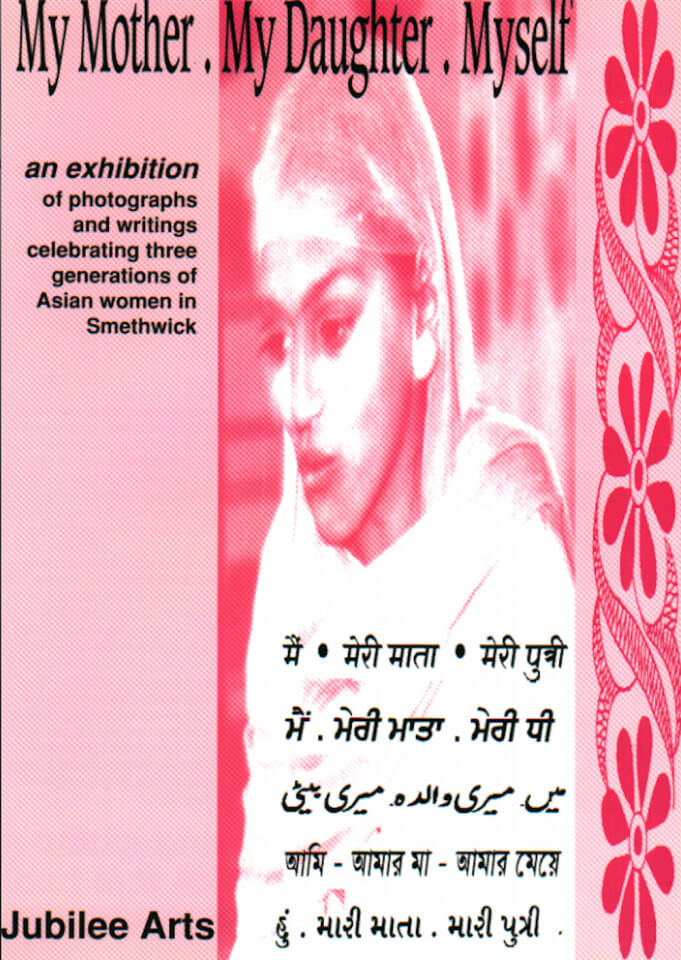
“I think women are far more ambitious now. We really are saying ‘Yes, I can do that!’ and moving into all areas of work and expertise. Men have assumed power too long, and now women are beginning to make their mark.”
Introduction to the exhibition, ‘My Mother, My Daughter, Myself’,
Sharanjeet Shan
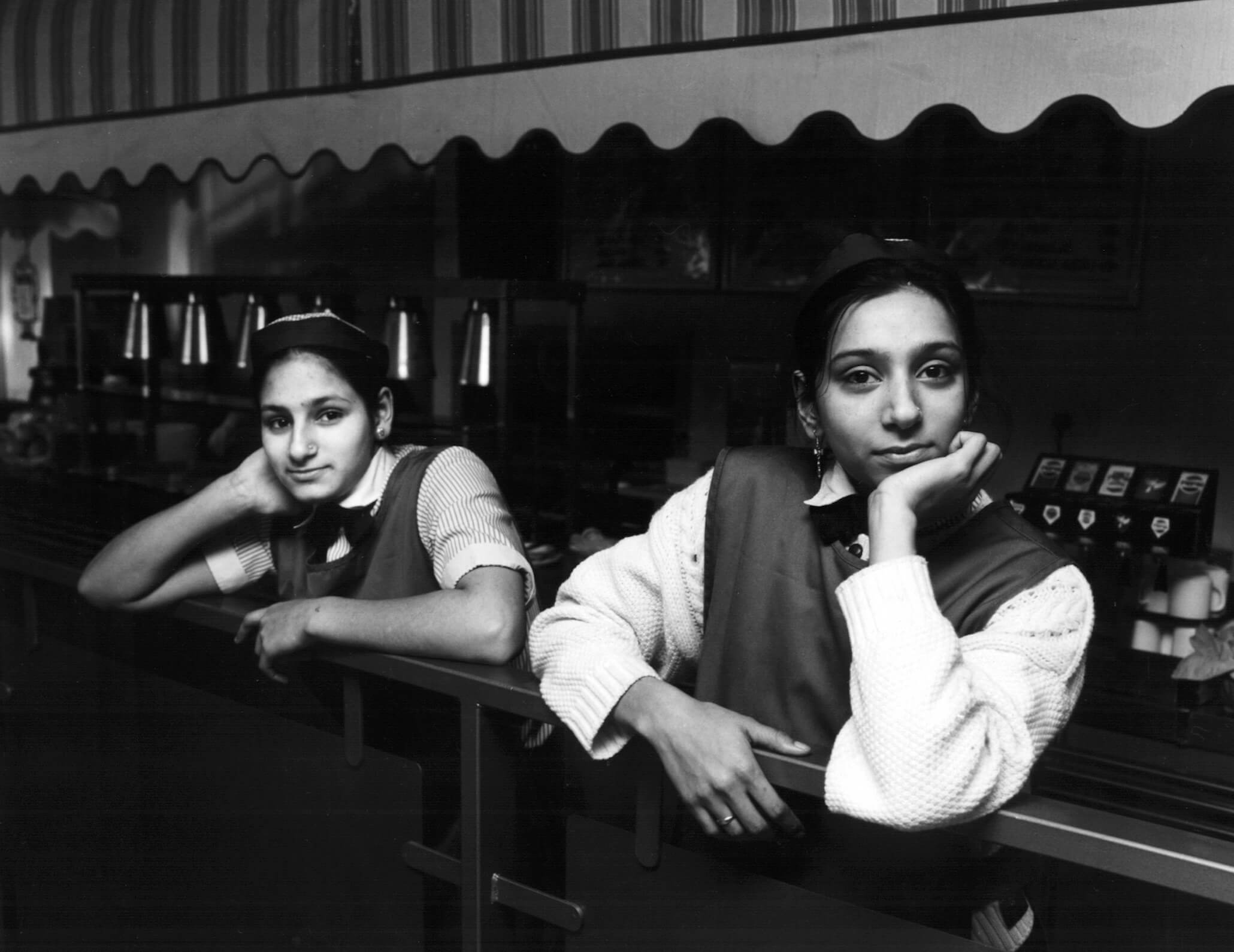
The exhibition was first shown as an installation in the foyer of the new Civic Centre in Oldbury – the first time any exhibition had been held there. At the opening Sharanjeet Shan said: ‘Looking at these wonderful representations of mother-daughter friendships around me, I was reminded of an old song. Perhaps some of our friends in the audience will remember this song.
I feel envious too, for the very special friendship that must exist between mothers and daughters as portrayed in several of these delightful photographs. These friendships blossom – the mother-daughter relationship transforms – into something unique and precious in its own right.
Much more than emotions, what I see in these photographs – and the excellent text that accompanies them – is a reflection of where Asian women are at now. All three generations represent their own interpretations of freedom, happiness, success, contentment and ambition. These ever changing definitions meet the needs of our ever changing role, both as everyday people in our daily lives and as career women.
While many of our young women are breaking free from the conditioning and predetermined, pre-constructed role, it is a happy and hopeful thought that there are not many who want to get away from the culture altogether. It will not do to throw away our culture and become clones of western models of freedom, progress and happiness. There are adaptations and adjustments being made by all generations. Many have learnt to keep the best of both worlds, enrich their lives and know for real their role in the world.’
A transcription of her introduction can be downloaded in the Resources section of this web site.
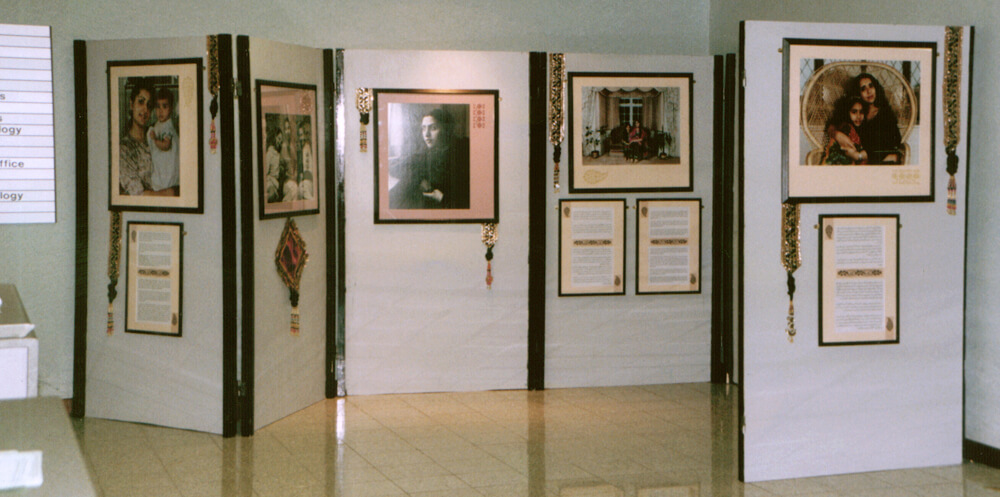
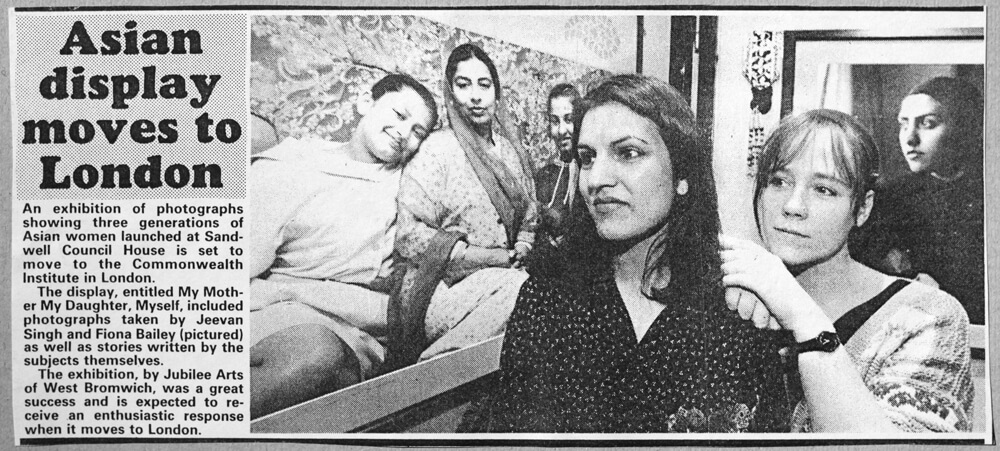
A German film crew arrived one day to make a news item about the life of Asian women in the West Midlands, and they decided to feature the project. We tracked down an out of sync copy.
